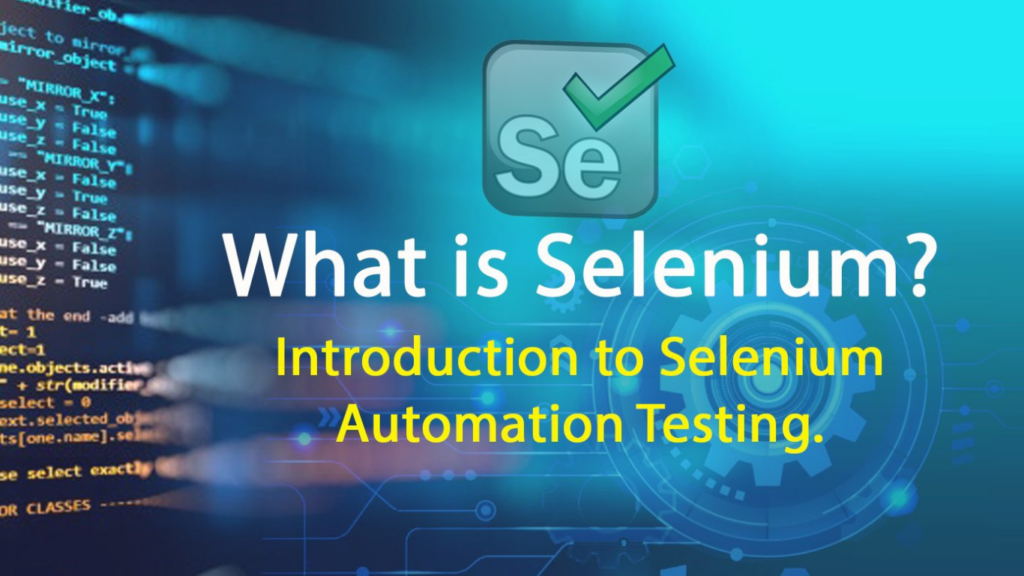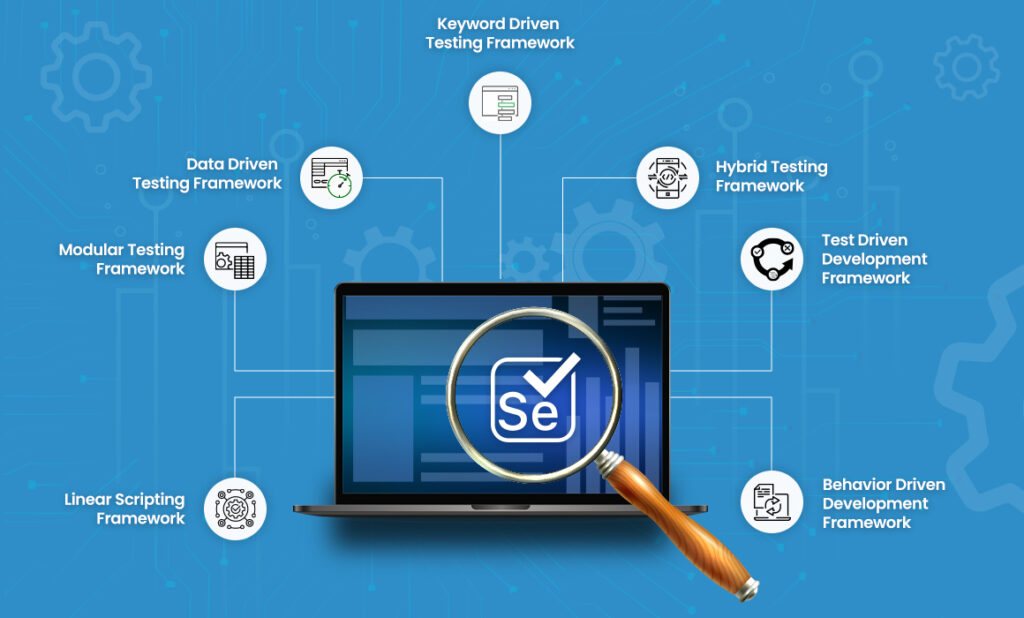As businesses increasingly rely on data for decision-making, the need for proficient data analysts continues to grow. Whether you’re looking to start a career in data analytics or seeking to enhance your current skills, enrolling in a data analyst course is an excellent step. A well-structured syllabus is essential to ensure you gain the necessary knowledge and skills to excel in this field. This blog post will provide an overview of a typical data analyst course syllabus, covering the core topics and skills you can expect to learn.
- Introduction to Data Analytics
Every data analyst course begins with an introduction to the field of data analytics. This section provides a foundational understanding of what data analytics is, its importance in the modern business landscape, and the various roles and responsibilities of a data analyst. Students learn about the data analytics lifecycle, from data collection and cleaning to analysis and visualization.
Key Topics:
- Overview of Data Analytics
- Importance of Data in Business
- Data Analyst Roles and Responsibilities
- Data Analytics Lifecycle
2. Data Collection and Data Sources
The next crucial step in data analytics is data collection. This module covers the various methods and tools used to collect data from different sources. Students learn about the importance of data quality and the challenges of working with big data. They also explore different types of data, including structured, unstructured, and semi-structured data.
Key Topics:
- Data Collection Methods
- Data Quality and Integrity
- Types of Data: Structured, Unstructured, Semi-structured
- Introduction to Big Data
3. Data Cleaning and Preprocessing
Data cleaning and preprocessing are critical skills for any data analyst. This module focuses on preparing raw data for analysis by removing inconsistencies, handling missing values, and transforming data into a usable format. Students learn about data normalization, data wrangling, and data transformation techniques.
Key Topics:
- Data Cleaning Techniques
- Handling Missing Data
- Data Normalization and Transformation
- Data Wrangling Tools and Techniques
4. Exploratory Data Analysis (EDA)
Exploratory Data Analysis (EDA) is a crucial step in the data analytics process. This module teaches students how to use statistical techniques to explore and understand data sets. They learn to identify patterns, trends, and anomalies in the data, which can provide valuable insights for further analysis.
Key Topics:
- Introduction to EDA
- Descriptive Statistics
- Data Visualization Techniques
- Identifying Patterns and Trends
5. Data Visualization
Data visualization is a key skill for data analysts, as it allows them to communicate complex data insights visually. This module covers the principles of effective data visualization and introduces students to popular visualization tools such as Tableau, Power BI, and matplotlib. Students learn to create various types of charts and graphs, including bar charts, line charts, scatter plots, and heatmaps.
Key Topics:
- Principles of Data Visualization
- Visualization Tools: Tableau, Power BI, matplotlib
- Creating Charts and Graphs
- Best Practices for Data Visualization
6. Statistical Analysis
A thorough grasp of statistical concepts is crucial for those pursuing a career in data analysis. This module covers the fundamental concepts of statistics, including probability, hypothesis testing, and regression analysis. Students learn how to use statistical methods to make data-driven decisions and draw meaningful conclusions from data.
Key Topics:
- Basic Statistical Concepts
- Probability and Distributions
- Hypothesis Testing
- Regression Analysis
7. SQL for Data Analysis
SQL (Structured Query Language) is a vital tool for data analysts, enabling them to query and manipulate data stored in relational databases. This module provides an introduction to SQL, covering essential concepts such as database design, querying data, and joining tables. Students learn to write complex SQL queries to extract and analyze data efficiently.
Key Topics:
- Introduction to SQL
- Database Design and Normalization
- Querying Data with SQL
- Joins, Subqueries, and Aggregations
8. Python for Data Analysis
Among the various programming languages, Python stands out as a favorite for data analysis due to its versatility and extensive libraries. This module introduces students to Python and its powerful libraries for data analysis, such as pandas, numpy, and scikit-learn. Students learn to write Python scripts to clean, analyze, and visualize data. They also explore machine learning techniques for predictive analytics.
Key Topics:
- Introduction to Python
- Data Analysis with pandas and numpy
- Data Visualization with matplotlib and seaborn
- Introduction to Machine Learning with scikit-learn
9. Machine Learning Basics
While machine learning is a vast field, a basic understanding is crucial for data analysts. This module covers the fundamentals of machine learning, including supervised and unsupervised learning. Students learn about different machine learning algorithms, such as linear regression, decision trees, and clustering techniques.
Key Topics:
- Introduction to Machine Learning
- Supervised vs. Unsupervised Learning
- Common Machine Learning Algorithms
- Model Evaluation and Validation
10. Capstone Project
A capstone project is a critical component of a data analyst course, allowing students to apply the skills and knowledge they’ve acquired throughout the course. In this module, students work on a real-world data analysis project, from data collection and cleaning to analysis and visualization. The capstone project provides hands-on experience and helps students build a portfolio to showcase their skills to potential employers.
Key Topics:
- Project Planning and Execution
- Data Collection and Preparation
- Data Analysis and Visualization
- Presenting Findings and Insights
11. Soft Skills and Career Preparation
In addition to technical skills, data analysts need strong soft skills to succeed in their careers. This module covers essential soft skills, such as communication, teamwork, and problem-solving. Students also receive guidance on resume building, interview preparation, and job search strategies to help them launch their careers as data analysts.
Key Topics:
- Communication and Presentation Skills
- Teamwork and Collaboration
- Resume Building and Interview Preparation
- Job Search Strategies
Conclusion
A comprehensive data analyst course syllabus covers a wide range of topics, from data collection and cleaning to statistical analysis and machine learning. By mastering these skills, students can prepare themselves for a successful career in data analytics. Whether you’re a beginner or an experienced professional looking to upskill, a data analyst course can provide the knowledge and hands-on experience you need to excel in this exciting field.




























